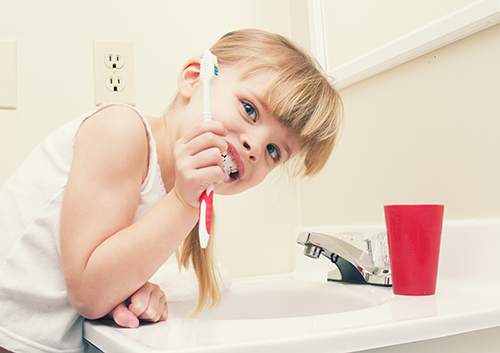Charcoal Toothpaste
March 10th, 2021

Despite the extraordinary claims made for charcoal toothpaste, most dentists think that the accuracy of these claims is a very gray area. So, what is the theory behind using activated charcoal in your toothpaste?
Charcoal is in its natural form is a very porous substance. When mixed with oxidizing gases or chemicals at very high heat, the inner structure of charcoal becomes even more porous. This enables the “activated” charcoal to absorb chemicals. And activated charcoal, in fact, IS used as a treatment for certain poisons. Fans of charcoal toothpaste maintain that this same porosity enables the toothpaste to collect toxins, bacteria, and debris from the surface of your teeth, leading to a healthier mouth, fresher breath, and a whiter smile.
Sounds great! Should I buy some?
Maybe not quite yet.
- Claims that charcoal toothpastes whiten teeth more than other over the counter whiteners are difficult to prove. But even using the best charcoal product, you are getting a superficial cleaning. Because charcoal toothpaste removes stains only from the surface of the enamel, it is no match for a professional whitening.
- It’s abrasive. Harsh pastes and brushing could potentially cause thinner enamel. Thinning enamel reveals more of the darker dentin underneath, which can actually make your smile appear yellow. Abrasive pastes can be irritating for those with sensitive or compromised gum tissue. Any toothpaste you choose should never be so abrasive as to cause damage to teeth or gums.
- If you use only charcoal toothpaste, you might not get the amount of fluoride needed to protect your teeth. And no toothpaste can take the place of regular brushing, flossing, and checkups at our Appleton, WI office.
- If you’ve seen the photos posted of charcoal enthusiasts with sooty smiles and teeth, you know brushing with charcoal toothpaste can be a messy process. You might need to take extra care to clean your mouth, teeth, and tongue after using. And your sink.
If you are still intrigued by the idea of charcoal toothpaste, Dr. Dale Scharine and Dr. Alissa Edwards and our team are happy to discuss it with you. And if teeth whitening is your concern, we have some proven methods to achieve your best results—even if they don’t provide an opportunity for dramatic charcoal selfies!




 Website Powered by Sesame 24-7™
Website Powered by Sesame 24-7™